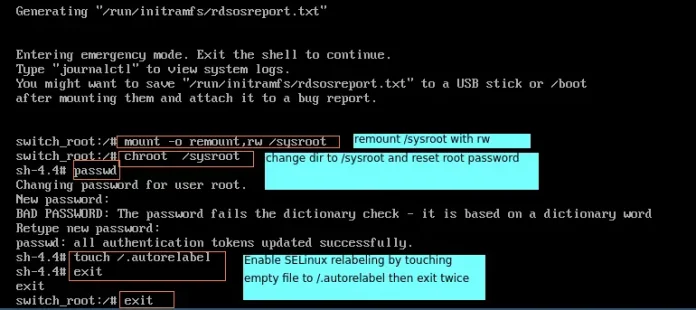scipy.stats.genextreme() is an generalized extreme value continuous random variable that is defined with a standard format and some shape parameters to complete its specification.
Parameters :
-> q : lower and upper tail probability
-> x : quantiles
-> loc : [optional]location parameter. Default = 0
-> scale : [optional]scale parameter. Default = 1
-> size : [tuple of ints, optional] shape or random variates.
-> a, b, c : shape parameters
-> moments : [optional] composed of letters [‘mvsk’]; ‘m’ = mean, ‘v’ = variance,
‘s’ = Fisher’s skew and ‘k’ = Fisher’s kurtosis. (default = ‘mv’).Results : generalized extreme value continuous random variable
for a==0
for x <= 1/a, a > 0
Code #1 : Creating generalized extreme value continuous random variable
from scipy.stats import genextreme numargs = genextreme .numargs [a] = [0.7, ] * numargs rv = genextreme (a) print ("RV : \n", rv) |
Output :
RV : <scipy.stats._distn_infrastructure.rv_frozen object at 0x000001E399AB5A58>
Code #2 : generalized extreme value random variates.
import numpy as np quantile = np.arange (0.01, 1, 0.1) # Random Variates R = genextreme.rvs(a, scale = 2, size = 10) print ("Random Variates : \n", R) # PDF R = genextreme.pdf(a, quantile, loc = 0, scale = 1) print ("\nProbability Distribution : \n", R) |
Output :
Random Variates : [ 1.0976659 -4.30499477 -1.30818332 1.54664658 1.44268486 1.80027137 1.52868675 1.8569798 1.36066713 -1.85945751] Probability Distribution : [0.30397758 0.32272193 0.34399063 0.3683456 0.39653387 0.42957283 0.46888883 0.51655345 0.57571147 0.65141728]
Code #3 : Graphical Representation.
import numpy as np import matplotlib.pyplot as plt distribution = np.linspace(0, np.minimum(rv.dist.b, 3)) print("Distribution : \n", distribution) plot = plt.plot(distribution, rv.pdf(distribution)) |
Output :
Distribution : [0. 0.02915452 0.05830904 0.08746356 0.11661808 0.14577259 0.17492711 0.20408163 0.23323615 0.26239067 0.29154519 0.32069971 0.34985423 0.37900875 0.40816327 0.43731778 0.4664723 0.49562682 0.52478134 0.55393586 0.58309038 0.6122449 0.64139942 0.67055394 0.69970845 0.72886297 0.75801749 0.78717201 0.81632653 0.84548105 0.87463557 0.90379009 0.93294461 0.96209913 0.99125364 1.02040816 1.04956268 1.0787172 1.10787172 1.13702624 1.16618076 1.19533528 1.2244898 1.25364431 1.28279883 1.31195335 1.34110787 1.37026239 1.39941691 1.42857143]
Code #4 : Varying Positional Arguments
import matplotlib.pyplot as plt import numpy as np x = np.linspace(0, 5, 100) # Varying positional arguments y1 = genextreme.pdf(x, a, 1, 3) y2 = genextreme.pdf(x, a, 1, 4) plt.plot(x, y1, "*", x, y2, "r--") |
Output :








